Cumin Origin: A Flavorful Journey Across Cultures
Table of Contents
Introduction to Cumin
Cumin is one of the most widely used spices in the world, known for its warm, earthy, and slightly nutty flavor. It has been a staple in kitchens across different cultures for thousands of years. Whether you're cooking Indian curries, Mexican salsas, or Middle Eastern stews, cumin adds that unmistakable depth and complexity. But where exactly did this beloved spice come from? Let's take a journey through time and geography to uncover the cumin origin.
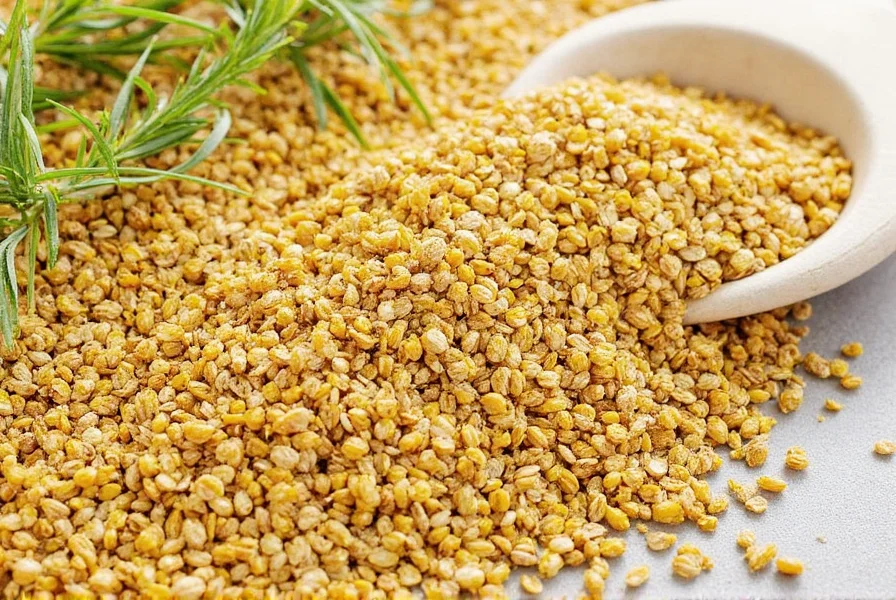
The Origins of Cumin
The story of cumin begins in the ancient lands of the Middle East and the Mediterranean. The Cuminum cyminum plant, from which cumin is derived, is believed to have originated in the eastern Mediterranean region, specifically around modern-day Egypt, Syria, and Turkey. Archaeological evidence suggests that cumin was used as early as 4000 BCE in ancient Egypt, where it was valued not only for its flavor but also for its medicinal properties.
As trade routes expanded, cumin spread to other parts of the world, including India, the Arabian Peninsula, and eventually to Europe and the Americas. Today, the largest producers of cumin are India, Iran, and Turkey, but the spice has truly become a global treasure.
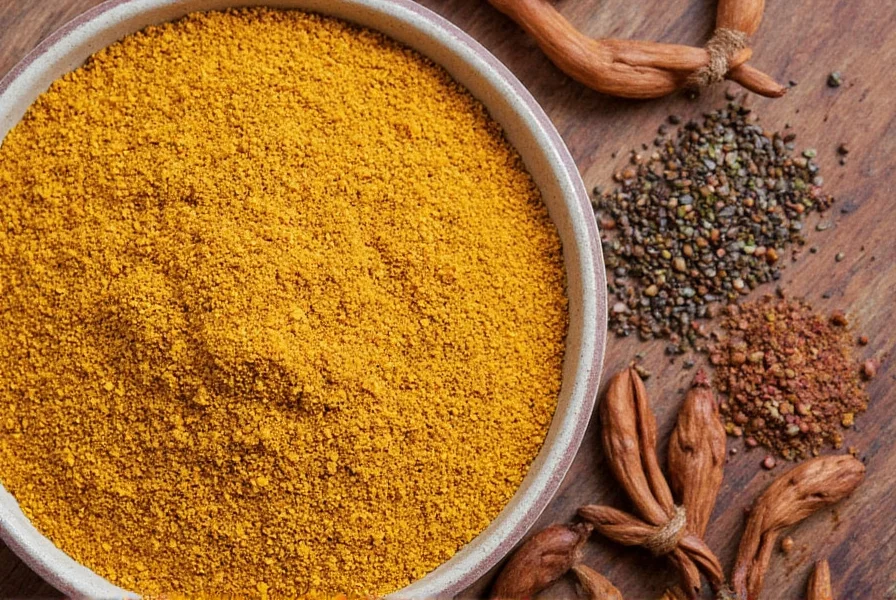
Global Spice Traditions with Cumin
Cumin is more than just a spice—it’s a cultural icon. From the bustling spice markets of Morocco to the simmering pots of Indian cuisine, cumin plays a central role in many traditional dishes. Here’s a quick look at how different cultures use cumin:
- India: In Indian cooking, cumin seeds are often toasted before being added to curries, dal, and chutneys. It's a key ingredient in garam masala and is used in both whole and ground forms.
- Mexico: Cumin is essential in Mexican cuisine, especially in chili, tacos, and salsas. Its smoky warmth pairs perfectly with tomatoes and beans.
- Middle East: Cumin is used in spice blends like za'atar and is commonly found in meat dishes, soups, and breads.
- North Africa: In Moroccan and Algerian cooking, cumin is used in tagines and couscous, adding a deep, savory note to the dish.
Each culture has its own way of using cumin, but the common thread is that it brings warmth, flavor, and tradition to every meal.
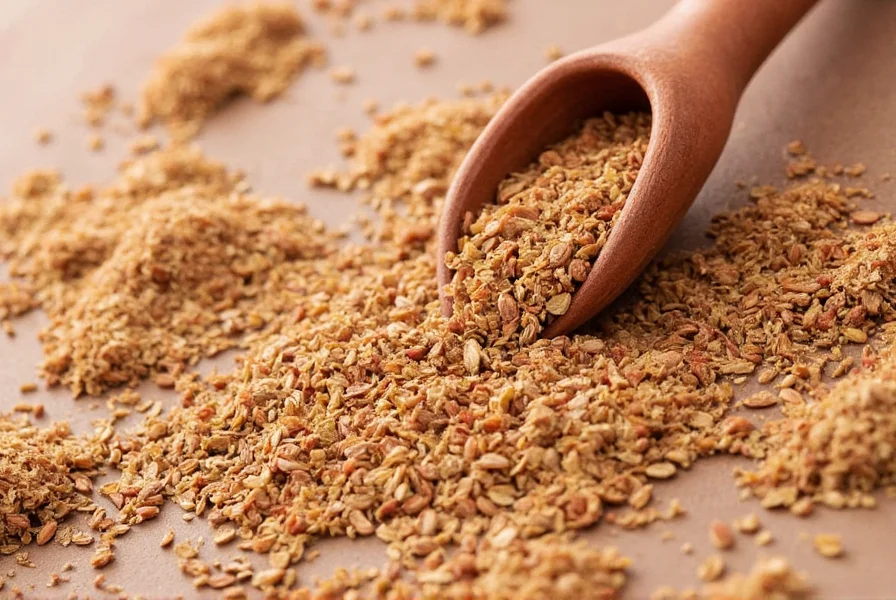
Comparison Table: Cumin in Different Cuisines
| Cuisine | Common Use | Flavor Profile |
|---|---|---|
| Indian | Curries, Dal, Chutneys | Earthy, Nutty |
| Mexican | Tacos, Salsas, Chili | Smoky, Warm |
| Middle Eastern | Meat Dishes, Soups, Breads | Spicy, Savory |
| North African | Tagines, Couscous | Savory, Aromatic |
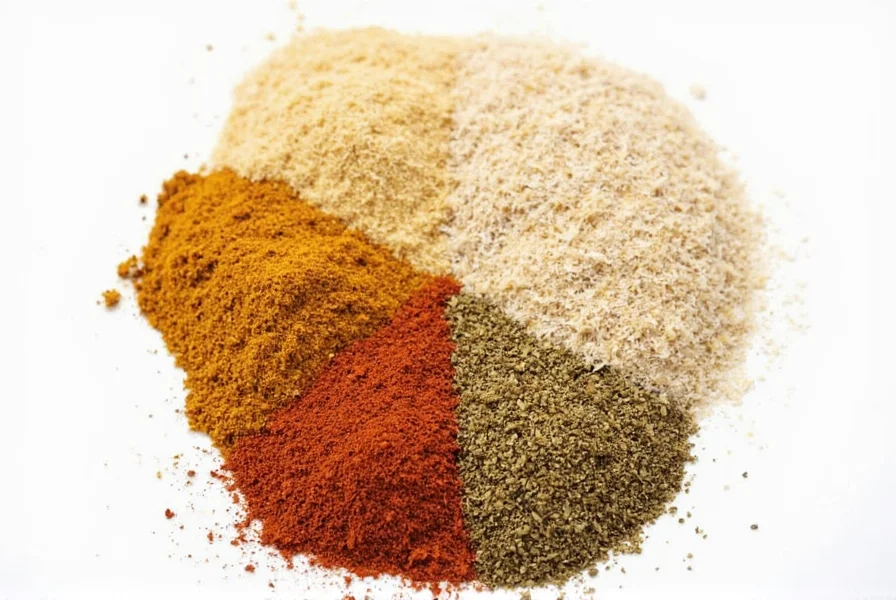
Practical Tips for Using Cumin
Whether you're a seasoned chef or a home cook, here are some practical tips to help you make the most of cumin in your kitchen:
- Toast it first: Toasting cumin seeds in a dry pan before grinding or using them enhances their aroma and flavor.
- Use fresh ground cumin: Ground cumin can lose its potency quickly, so it's best to grind your own when possible.
- Pair it wisely: Cumin pairs well with garlic, onion, tomatoes, and chili. It also complements meats like chicken, lamb, and beef.
- Experiment with blends: Try mixing cumin with coriander, turmeric, or paprika to create unique spice blends for different dishes.
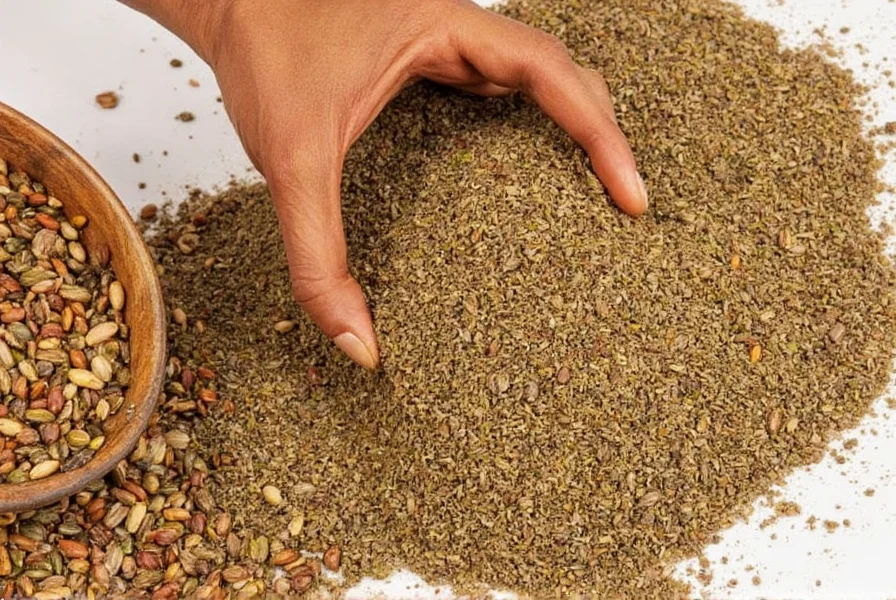
Buying Guide for Cumin
If you're looking to buy cumin, there are several options available depending on your needs. Here's a guide to help you choose the right type and brand:
Types of Cumin
- Whole Cumin Seeds: These are the raw seeds that can be toasted and used in recipes. They have a longer shelf life and offer a more intense flavor when freshly ground.
- Ground Cumin: This is the most convenient option for everyday cooking. However, it can lose flavor over time, so it's best to buy small quantities and store them properly.
Recommended Products
- Brand: McCormick Cumin Seeds
- Features: High-quality, aromatic cumin seeds
- Advantages: Reliable flavor and long shelf life
- Use Cases: Ideal for roasting, grinding, or adding to spice blends
- Target Audience: Home cooks and professional chefs alike
- Suitable Occasions: Everyday meals, special occasions, and recipe experimentation
- Brand: Rao’s Gourmet Ground Cumin
- Features: Freshly ground, premium quality
- Advantages: Intense flavor without artificial additives
- Use Cases: Perfect for sauces, marinades, and seasoning
- Target Audience: Health-conscious cooks and those who value natural ingredients
- Suitable Occasions: Quick weeknight dinners, gourmet dishes, and family meals
When purchasing cumin, always check the packaging date and store it in an airtight container away from heat and moisture to maintain its potency.

Conclusion
Cumin is more than just a spice—it's a bridge between cultures, a symbol of tradition, and a source of endless culinary creativity. Understanding the cumin origin helps us appreciate its deep roots and the ways it has shaped global cuisines over the centuries. Whether you're using it in a classic Indian curry, a spicy Mexican taco, or a hearty Middle Eastern stew, cumin adds that signature warmth and depth that makes every dish memorable.
So next time you reach for a pinch of cumin, remember that you're not just seasoning your food—you're connecting with a rich history that spans continents and centuries. Happy cooking!
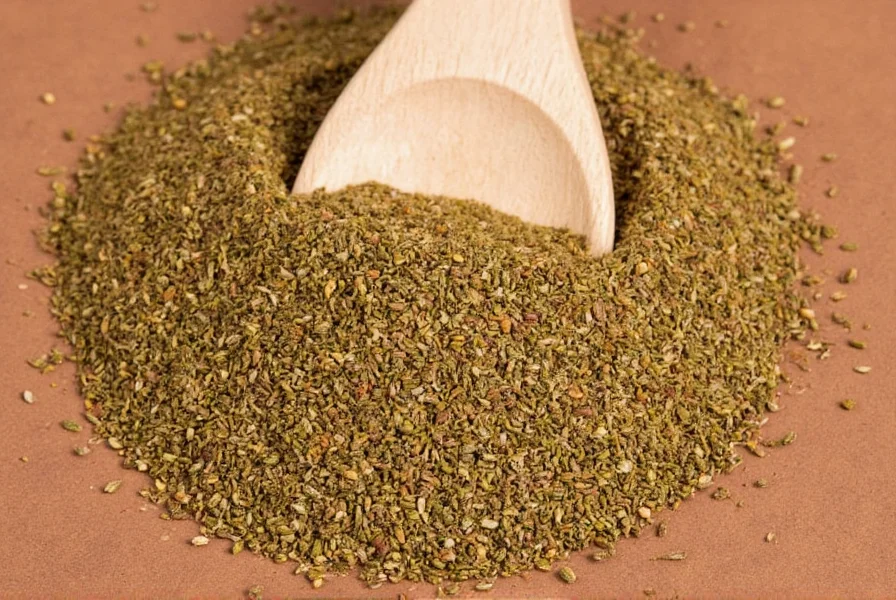











 浙公网安备
33010002000092号
浙公网安备
33010002000092号 浙B2-20120091-4
浙B2-20120091-4